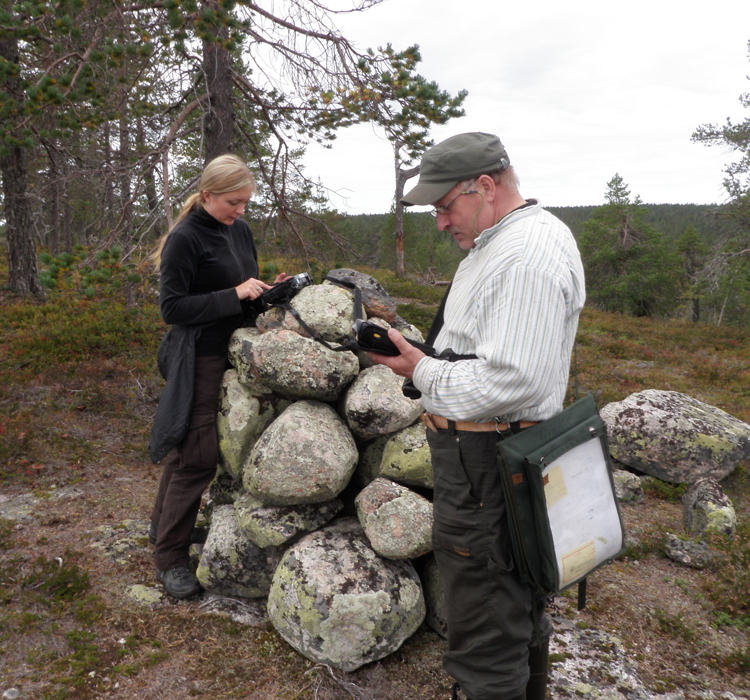Metsähallitus’ cultural heritage survey project nominated for the Europa Nostra Award
The cultural heritage survey project, carried out in state-owned multiple-use forests in 2010–2015, has been nominated for the Europa Nostra Award by the National Board of Antiquities. The European Union Prize for Cultural Heritage / Europa Nostra Award is Europe’s most prestigious prize in the cultural heritage field.
Metsähallitus’ project was entered in the Research category for outstanding research projects which have a tangible impact on the conservation and enhancement of Europe cultural heritage. The survey project involved the documentation and protection of more than 10,000 cultural heritage sites in multiple-use forests, including more than 100,000 individual structures. The sites surveyed spanned approximately 10,000 years, the oldest dating back to the earliest days of Finland’s settlement and the most recent to the 1960s.

In addition to collecting historical data, the project involved the active development of archaeological survey methods and focused on testing the suitability of laser scanning data for the surveying of cultural heritage sites. The material facilitated the surveying of extensive areas and the locating of various sites and objects of interest, including Stone Age dwelling sites, hunting pits, tar pits, charcoal pits, log floating dams and military history sites. The project was the first to survey the cultural heritage from later periods, mainly from the 1900s, which was about to vanish forever, as well as documented and protected Second World War sites.
It also generated a huge amount of open data, which facilitates the utilisation of cultural heritage sites not only in the development of tourism, but also for teaching and research purposes. The survey reports are openly available on the Metsähallitus website and the images are stored in the Finnish Forest Museum Lusto’s image archive, the Kantapuu.fi portal. The free e-book produced on the basis of the survey presents the project results in further detail and covers hiking destinations in multiple-use forests.

Nearly four million hectares of multiple-use forests in commercial use, scrub land and waste land were surveyed for a total cost of around four million euros. The project was funded by Metsähallitus’ Forestry unit (currently Metsähallitus Forestry Ltd).
Active in more than 40 countries, the Europa Nostra federation for the safeguarding of cultural heritage was established in 1963. The organisation works in close cooperation with the European Union and is in charge of selecting the winners of the EU Prize for Cultural Heritage / Europa Nostra Award each year. The award winners for 2017 will be announced in February-March and the prizes will be awarded to winners by Europa Nostra’s President, the world-famous opera singer Plácido Domingo, at the Prize Gala to be arranged in Turku in May.

Further information:
Antti Otsamo, Sustainable Development Manager, Metsähallitus, tel. +358 40 719 7734
Helena Taskinen, Chief Intendant, National Board of Antiquities, tel. +358 295 33 6281
Published 21/11/2016
Antti Otsamo
Development and Environment Manager
- +358 (40) 719 7734

